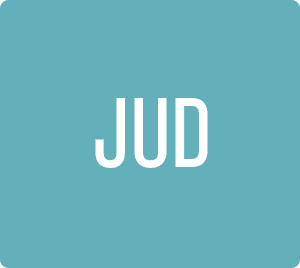OFFICIAL HOGAN DISTRIBUTOR
Blue Coach represents Hogan in Montenegro.
Hogan is a global assessment publisher that delivers personality and cognitive ability assessment solutions. Hogan ’s international research team sets industry standards for international selection and development testing and has positioned Hogan as a global leader in assessments.
WHY HOGAN
HOGAN PRODUCTS
CERTIFICATION
The Hogan certification workshop will equip you to leverage Hogan’s powerful assessment tools to solve critical business problems. Whether you want to select higher performers, develop your high-potentials, coach executives, or build stronger teams, the first step is to become Hogan certified.
All our Hogan certification workshops are facilitated by Blue Coach consultant who have in-depth experience with Hogan assessments.
Hogan Assessment Certification
Course duration:
In-person: 2 days (2x8h)
Online: 4 days (4x4h)
Advanced Interpretation Certification
Course duration:
In-person: 1 day
Online: 2 days (2x4h)






























